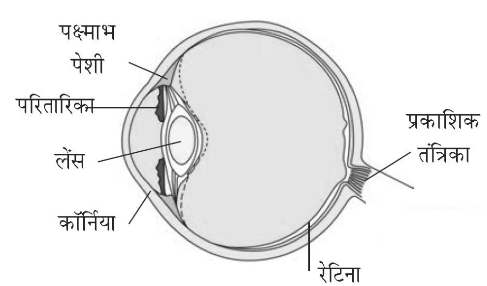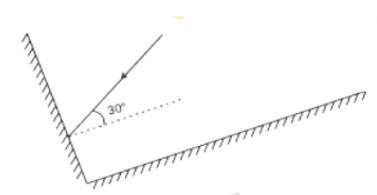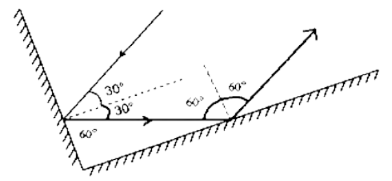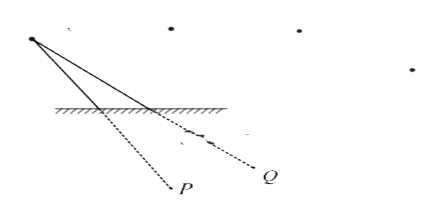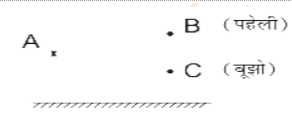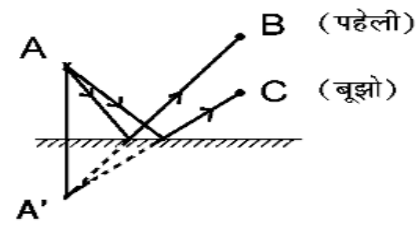Step-by-Step Solutions For Class 8 Science Chapter 16 In Hindi - Free PDF Download
FAQs on NCERT Solutions For Class 8 Science in Hindi Chapter 16 Light (2025-26)
1. Describe the construction of a kaleidoscope.
A hollow tube makes up a kaleidoscope. Three mirrors are arranged in a triangle tube with their reflecting surfaces facing each other. A transparent sheet is placed on one end of the tube, while an opaque sheet is placed on the other. The opaque sheet has an eyehole in it. The tube is packed with glass shards. When we flip a kaleidoscope, we observe a variety of designs. Multiple reflections combine to create these patterns. Use NCERT Solutions Class 8 Chapter 16 to read more about the concepts related to the chapter.
2. Explain how you can take care of your eyes.
Here are some eye-care suggestions; Avoid reading in bright or dim light, as well as looking straight at a bright item like the sun. While reading, avoid bringing the book too near to your eyes. Also, don't keep the book open for too long. Do not rub your eye if something gets into it. It should be washed in cold water. Consult an ophthalmologist if you experience any discomfort, such as itching or burning. An ophthalmologist is a doctor who specialises in the treatment of eye diseases.
3. Define dispersion of light.
Dispersion of light is the splitting of white light into seven colours as it passes through a transparent material such as a glass prism. Different wavelengths of light move at different speeds as they pass through a prism. The various velocities cause the angles of refraction to vary, causing the light to move in slightly different directions due to refraction. Read more about the dispersion of light at the official website of Vedantu and you can access the resources on the Vedantu app as well.
4. What are the two factors responsible for an object to be seen?
There are primarily two aspects that contribute to an object's visibility. A sense of vision and light is necessary to perceive an item. In addition, the object should be opaque and reflect light. These factors are extremely essential for an object to be visible by the human eye and they account for the major laws regarding visibility.
5. What exactly is refraction? What is the reason for refraction?
When a light beam passes from one medium to another, it deviates from its intended course. This is referred to as light refraction. The speed of light in denser media, such as glass, is slower than in a rarer medium, such as air. This means that light slows down as it enters a denser medium from a rarer one. Light, on the other hand, accelerates when it moves from a denser medium to a rarer one. As a result, the refraction of light is a phenomenon caused by a change in velocity while passing from one medium to another.
























